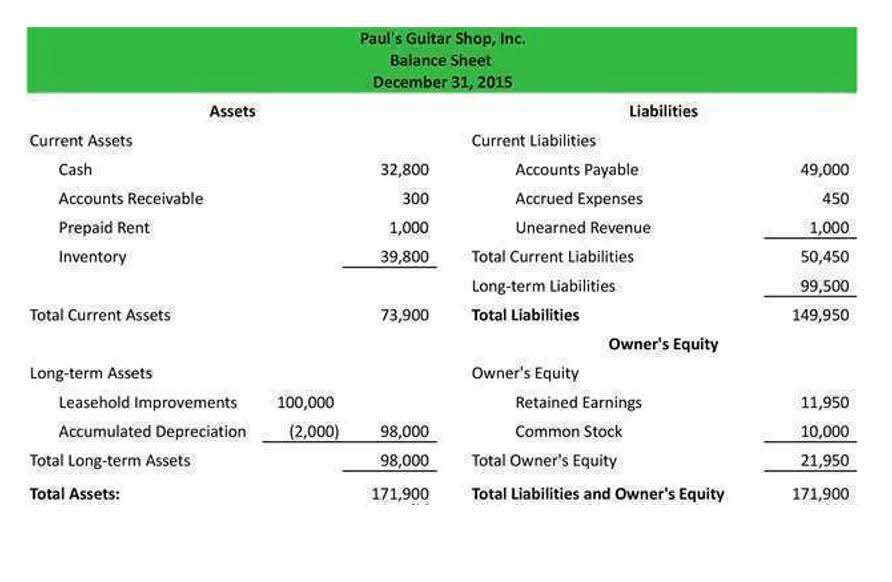
All assets are listed in one section, and their sum must equal the sum of all liabilities and the shareholder equity. A balance sheet reports a company’s assets, liabilities and shareholder equity at a specific point in time. It provides a basis for computing rates of return and evaluating the company’s capital structure. This financial statement provides a snapshot of what a company owns and owes, as well as the amount invested by shareholders.
On the income statement, analysts will typically be looking at a company’s profitability. Therefore, key ratios used for analyzing the income statement include gross margin, operating margin, and net margin as well as tax ratio efficiency and interest coverage. The last expenses to be considered here include interest, tax, and extraordinary items. The subtraction of these items results in the bottom line net income or the total amount of earnings a company has achieved.
How to find general ledger software
A general ledger is a master accounting record used by businesses to document and categorize their financial transactions. General ledgers are organized into accounts, or types of income statement accounts transactions, which are listed in the general ledger’s chart of accounts. For balance sheet accounts, the opening balance is usually the closing balance from the previous period.
In general, however, the following steps are followed to create a financial model. Therefore, everyone within the company network can access the ledger at any point and make https://www.bookstime.com/ a personal copy of the ledger, making it a self-regulated system. This mitigates the risks that Centralized General Ledgers have from having one source control the ledger.
An Income Statement Transaction Example
Debits increase asset and expense accounts and decrease liability, revenue, and equity accounts. Credits increase liability, revenue, and equity accounts and reduce assets and expenses. A general ledger is a comprehensive record of your business’ financial transactions. It presents a list of your business’ financial accounts and the activities that have affected each of them so far, culminating in their current balances. The cash flow statement then takes net income and adjusts it for any non-cash expenses.
Another way to find an error is to take the difference between the two totals and divide by nine. If the outcome of the difference is a whole number, then you may have transposed a figure. For example, let’s assume the following is the trial balance for Printing Plus. One way to find the error is to take the difference between the two totals and divide the difference by two.
What Is The Difference Between General Ledgers And Financial Statements?
This data is reviewed by management, investors, and lenders for the purpose of assessing the company’s financial position. In accounting, a General Ledger (GL) is a record of all past transactions of a company, organized by accounts. General Ledger (GL) accounts contain all debit and credit transactions affecting them. In addition, they include detailed information about each transaction, such as the date, description, amount, and may also include some descriptive information on what the transaction was. The income statement will also account for other expenses, such as selling, general and administrative expenses, depreciation, interest, and income taxes. The difference between these inflows and outflows is the company’s net income for the reporting period.
- These records provide information about a company’s ability (or lack thereof) to generate profit by increasing revenue, reducing costs, or both.
- Neither general ledgers nor financial statements are more important than the other.
- LO
5.1For each of the following accounts, identify whether it is nominal/temporary or real/permanent, and whether it is reported on the Balance Sheet or the Income Statement. - Balance sheets are built more broadly, revealing what the company owns and owes as well as any long-term investments.
- Access and download collection of free Templates to help power your productivity and performance.
- Each entry is recorded in two columns, with debit postings on the left and credit entries on the right of the ledger.
From an accounting standpoint, revenues and expenses are listed on the P&L statement when they are incurred, not when the money flows in or out. One beneficial aspect of the P&L statement in particular is that it uses operating and nonoperating revenues and expenses, as defined by the Internal Revenue Service (IRS) and GAAP. Let’s now take a look at the T-accounts and unadjusted trial balance for Printing Plus to see how the information is transferred from the T-accounts to the unadjusted trial balance.
A ledger account is a record of all transactions affecting a particular account within the general ledger. Individual transactions are identified within the ledger account with a date, transaction number, and description to make it easier for business owners and accountants to research the reason for the transaction. Overall, top-performing companies will achieve high marks in operating efficiency, asset management, and capital structuring. In order to simplify the audit of accounting records or the analysis of records by internal stakeholders, subsidiary ledgers can be created. Nick Gallo is a Certified Public Accountant and content marketer for the financial industry.

